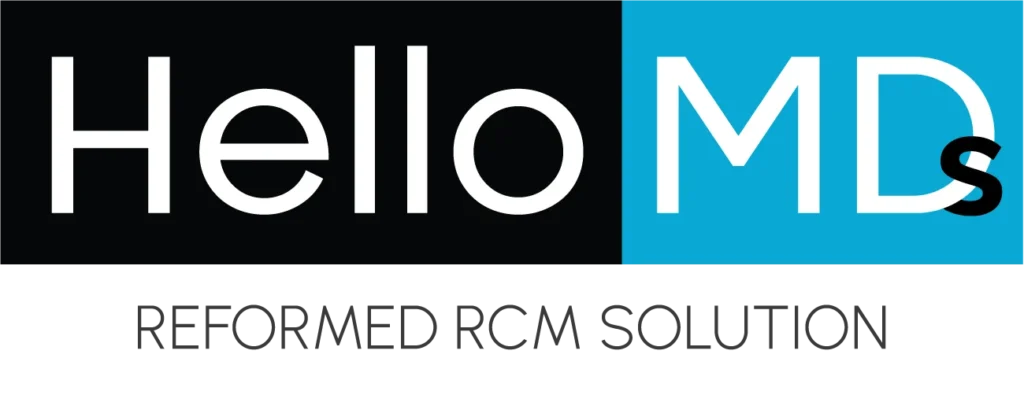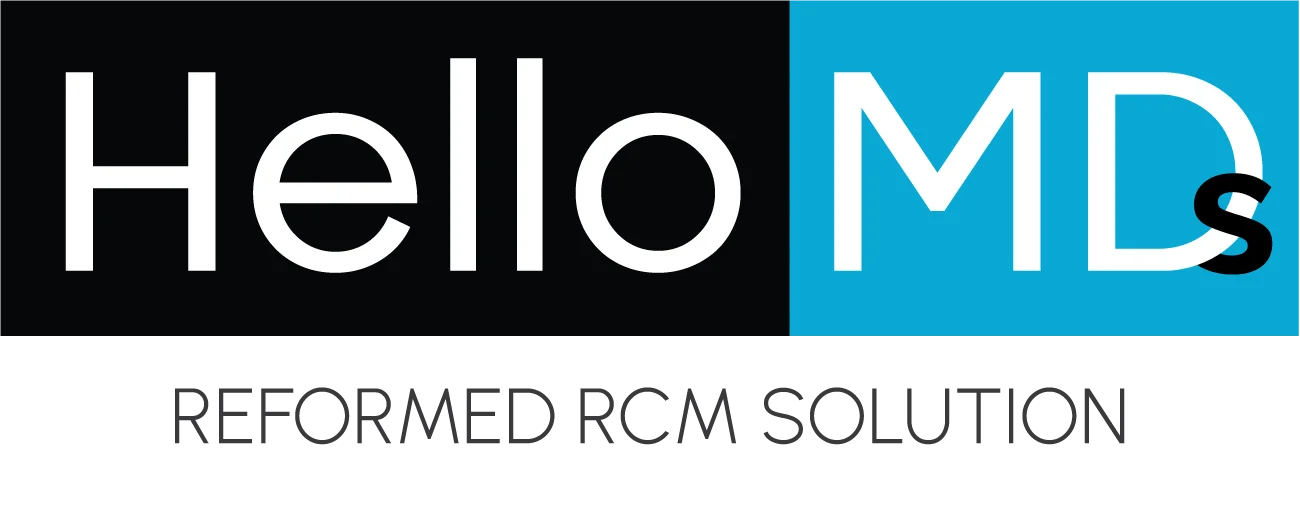CPT code 99214 is one of healthcare’s most widely utilized codes. It belongs to Current Procedural Terminology codes, which include a collection of medical codes. Physicians and other healthcare providers use CPT codes to record patient services. Indeed, 99214 CPT Code pertains to evaluation and management (E/M) for an established patient.
In this blog, we’ll explore the details of the 99214 CPT Code, including what it entails, its use, and what healthcare professionals and billers need to know.
99214 CPT Code Description
This CPT code 99214 is an all-inclusive office or outpatient visit for an established patient. It is usually advised to be used when a healthcare provider spends a moderate amount of time and effort developing and managing the patient’s condition, considering the patient’s past, current, and former treatments.
The evaluation and management of CPT codes are further classified into several levels depending on the complexity and time taken during the visit. Code 99214 falls under a moderate complexity level.
Requirements for 99214: Key Elements
Specific criteria must be met for a medical service billed under CPT code 99214. These include:
- Patient Status: Patients should be established. This implies that the patient has been under the provider’s care or practice before. New patients are coded differently.
- History: The physician or healthcare provider must take a detailed medical history that includes the chief complaint, history of present illness (HPI), review of systems (ROS), and past, family, and social history (PFSH).
For CPT 99214, the medical history must be comprehensive, covering various aspects of the patient’s condition and past. - Examination: The physical examination performed during the visit should be expanded. This means that the provider must conduct a detailed examination of the patient, depending on the various areas of the body that require attention.
- Medical Decision-Making (MDM): The most crucial aspect in the coding of 99214 is the level of medical decision-making. At least moderate complexity is required.
Moderate complexity involves decision-making with multiple possible diagnoses or treatment options and moderate risk management, including additional testing or follow-up. - Time: The amount of time spent interacting with the patient during the visit determines which code is the correct CPT. For 99214, the time spent face-to-face with the patient can vary between 25 and 40 minutes. Time spent includes interaction with the patient and also direct care, such as perusing their chart or scheduling future care.
Determining Whether Code 99214 is Correct
When to use CPT 99214 depends on several factors related to the patient’s condition and the service provided. Healthcare providers must evaluate:
For example:
Medical Decision-Making for CPT 99214
MDM is one of the most important components when determining whether a visit qualifies for CPT 99214. The three key factors of MDM include:
For moderate complexity, the patient should present:
Examples of Use for CPT Code 99214
Common Mistakes to Make in Billing CPT Code 99214
- Using 99214 for New Patients: CPT 99214 is for established patients. New patients have other codes like 99202, 99203, etc.
- Inadequate Documentation: Documentation is a key aspect. The provider should document history, physical examination, medical decision-making, and time spent on the visit. If proper documentation is not provided, the code might be denied or downgraded to a lower level.
- Incorrect Complexity Level: If the complexity of decision-making is not moderate, the code CPT 99214 should not be used. A lower-level code, such as 99213, should be used.
- Inaccurate Time Reporting: Time is an element of determining CPT code 99214, but it can’t be the only determinant. Even when time spent is appropriate, it must match other components (such as history, exams, and decision-making).
How Hello MDs Streamlines the Use of CPT Code 99214
Hello MDs makes using the 99214 CPT code much easier through a digital platform that aids healthcare providers in managing patient visits for established patients. The providers can document the history and comprehensive examination and manage MDM much more quickly in the Hello MDs system so that all criteria of 99214 are covered. The platform automates patient records, making tracking and managing time spent during consultations easier, improving billing accuracy, and reducing administrative errors. This enables providers to focus on patient care while complying with proper coding standards.
Conclusion
CPT code 99214 is essential in appropriately billing moderate-complexity evaluation and management services for established patients. Providers and billers must ensure they keep the vital elements aligned, including status, history, examination, medical decision-making, and time so that the code can be appropriately applied. Errors in documentation or the complexity assessment could lead to a mistake in billing and affect the reimbursement amount. By getting familiar with these essential elements and nuances of CPT 99214, health professionals can reduce the hassles and errors while making their process more manageable.


